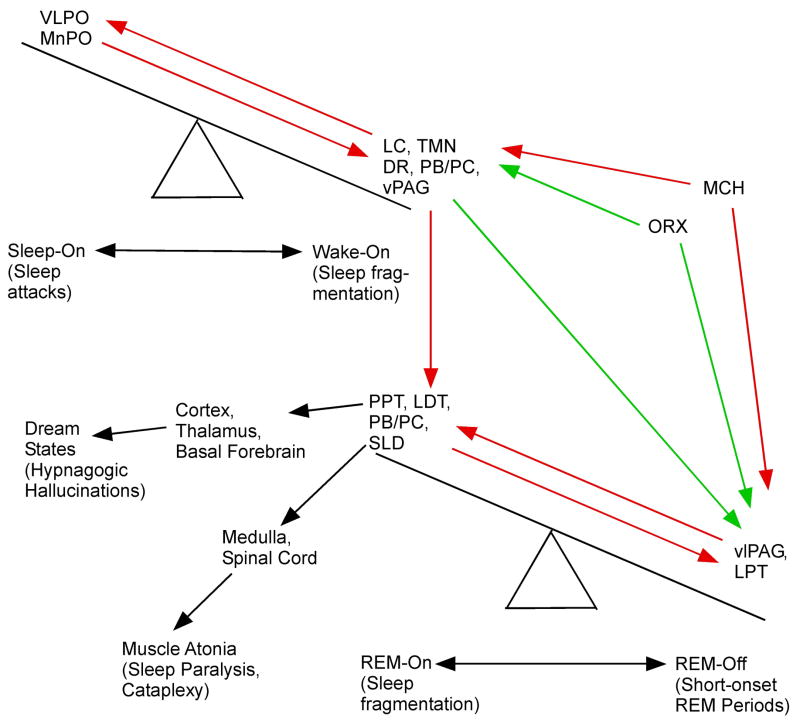Figure 5. Summary of the cascading wake-sleep and REM-NREM “flip-flop” switches, and how they are both stabilized by orexin neurons.
The populations of wake- and sleep-promoting neurons are shown as components of a counterpoised switch at the upper left, and the REM-on and REM-off populations at the lower right. (Red arrows indicate inhibitory projections, green arrows excitatory ones.) The monoaminergic arousal neurons that inhibit the VLPO during wakefulness also inhibit the REM-on and excite the REM-off neurons in the REM switch, thus making it nearly impossible for normal individuals to transition directly from wakefulness to a REM state. On the other hand, when there is loss of orexin signaling in narcolepsy, both switches become destabilized, and their normal cascading relationship is disrupted, so that it is possible for individuals with narcolepsy to enter fragmentary components of REM sleep (cataplexy, sleep paralysis, hypnagogic hallucinations) directly from the waking state. The clinical phenomena encountered in narcolepsy when each population of wake-, sleep-, or REM-promoting neurons fires at the wrong time is identified in parentheses.

